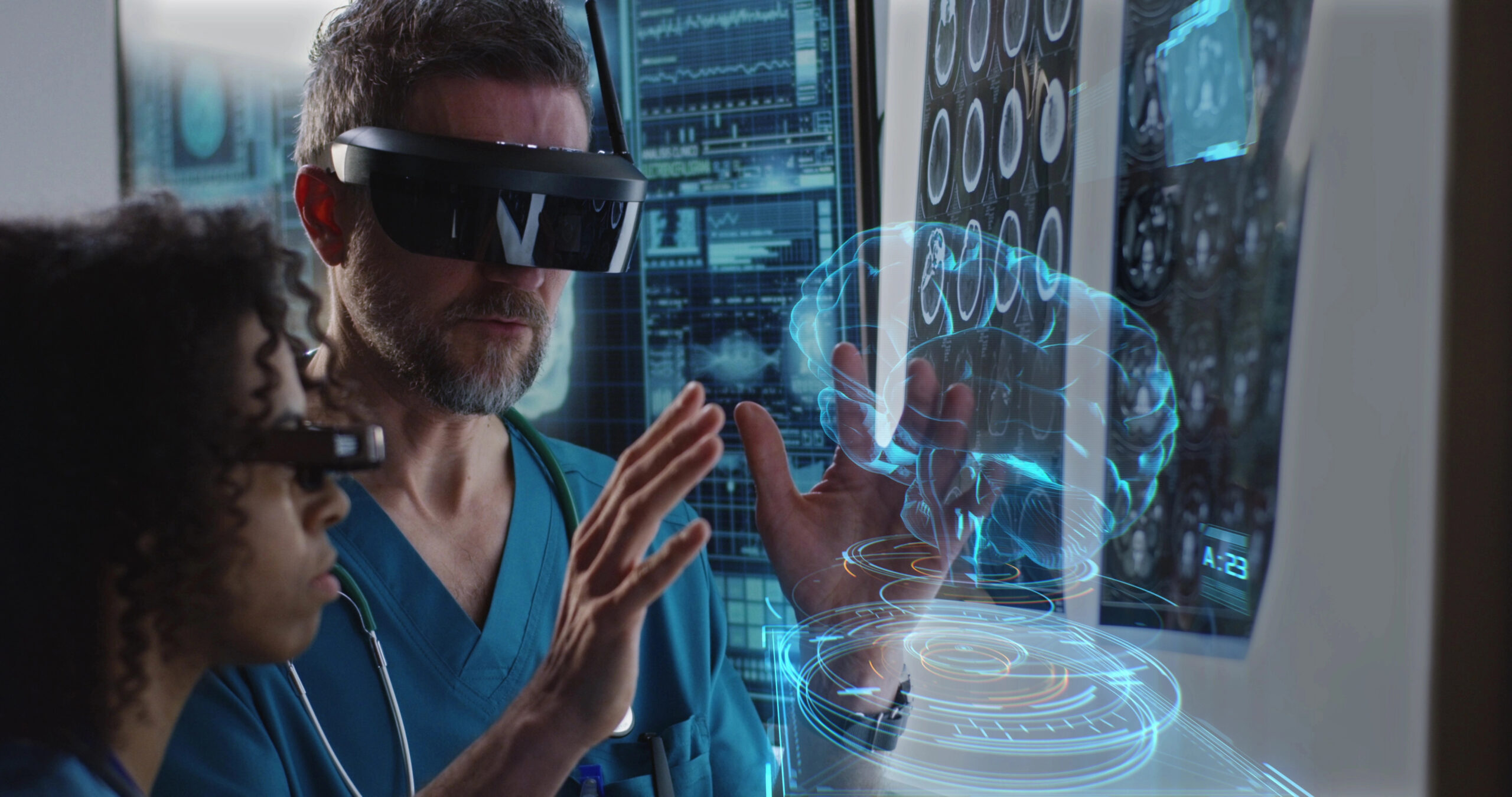As imaging technology evolves, the 3D camera market leads innovation in consumer and industrial applications. These devices transform how you capture, analyze, and interact with the world. They enhance smartphone photography, enable autonomous vehicles, and power augmented reality experiences. Their impact spans multiple industries, driving progress in unexpected ways. This article explores key advancements, market trends, and future prospects shaping this dynamic field.
The Rise of 3D Camera: Transforming the Imaging Landscape

Revolutionary Technology in 3D Camera Reshaping Industries
The advent of 3D cameras has ushered in a new era of imaging technology, profoundly impacting various sectors. These cutting-edge devices are not just enhancing visual experiences; they’re revolutionizing how we interact with our environment. From smartphones to autonomous vehicles, 3D cameras are becoming ubiquitous, offering unprecedented depth and detail in captured images and videos.
Expanding Applications Across Sectors with 3D Camera
The versatility of 3D cameras has led to their adoption in diverse fields. In healthcare, they’re improving diagnostic accuracy and surgical precision. The gaming industry is leveraging this technology to create more immersive experiences. Even in manufacturing and robotics, 3D cameras are enhancing automation and quality control processes.
Overcoming Challenges for Widespread Adoption
Despite the transformative potential, the 3D camera market faces hurdles. High production costs and limited awareness in emerging markets pose significant challenges. However, as technology advances and becomes more accessible, these obstacles are gradually being overcome. The future looks promising, with experts predicting substantial growth in the coming years as 3D cameras become an integral part of our technological landscape.
3D Camera Applications Across Industries: From Smartphones to Autonomous Vehicles
Consumer Electronics Revolution with 3D Camera
The integration of 3D cameras in smartphones has revolutionized mobile photography, enabling features like portrait mode and augmented reality (AR) experiences. These advanced cameras use depth-sensing technology to create immersive visuals, enhancing user engagement in social media and gaming applications. Beyond smartphones, 3D cameras are finding their way into smart home devices, improving security systems and enabling gesture-based controls for a more intuitive user experience.
Industrial and Healthcare Advancements
In the industrial sector, 3D cameras are transforming quality control processes. They provide precise measurements for manufacturing, ensuring products meet exact specifications. In healthcare, these cameras assist in diagnostics and surgical planning, offering detailed 3D models of patients’ anatomy. This technology enables more accurate diagnoses and less invasive procedures, ultimately improving patient outcomes.
3D Camera in Autonomous Vehicles and Robotics
Perhaps one of the most exciting applications of 3D camera technology is in the realm of autonomous vehicles. These cameras serve as the “eyes” of self-driving cars, creating detailed 3D maps of their surroundings in real time. This allows vehicles to navigate complex environments safely and efficiently. Similarly, in robotics, 3D cameras enable machines to perceive and interact with their environment more effectively, opening up new possibilities in automation and human-robot collaboration.
Powering Immersive Experiences: 3D Camera Technologies and Augmented Reality
3D cameras are revolutionizing the world of augmented reality (AR), creating unprecedented levels of immersion and interactivity. By capturing in-depth information and spatial data, these cutting-edge devices are enabling developers to seamlessly blend digital content with the physical world.
Enhanced Depth Perception
3D cameras provide precise depth mapping, allowing AR applications to accurately place virtual objects in real-world environments. This enhanced depth perception creates more convincing and realistic AR experiences, whether you’re trying on virtual clothing or visualizing furniture in your living room.
Real-time Environment Understanding
These cameras capture 3D space in real time, allowing AR systems to interact dynamically with their surroundings. This capability enhances interactive gaming, enabling virtual characters to navigate real-world obstacles. It also improves industrial maintenance by providing AR overlays that guide technicians through complex repair procedures.
Gesture Recognition and User Interaction
The depth-sensing capabilities of 3D cameras enable advanced gesture recognition, allowing users to control AR content with natural hand movements. This intuitive interface enhances engagement and expands possibilities for immersive education, virtual product demonstrations, and interactive art installations.
As 3D camera technology continues to evolve, we can expect even more sophisticated AR applications that blur the lines between the digital and physical worlds, transforming how we learn, work, and play.
Overcoming Challenges: Advancements in 3D Camera Technology
Miniaturization and Cost Reduction
The 3D camera market has faced significant hurdles in recent years, primarily due to size constraints and high production costs. However, innovative companies are making strides in miniaturizing 3D camera components while simultaneously reducing manufacturing expenses. These advancements are paving the way for more widespread adoption across various industries and consumer devices.
Enhanced Depth Perception and Accuracy
One of the most critical improvements in 3D camera technology has been the enhancement of depth perception and overall accuracy. By integrating advanced sensors and sophisticated algorithms, manufacturers have dramatically improved the ability of 3D cameras to capture and interpret spatial information. This breakthrough has opened up new possibilities in fields such as augmented reality, robotics, and autonomous vehicles.
Machine Learning Integration
The integration of machine learning capabilities has been a game-changer for 3D camera technology. By leveraging AI algorithms, these cameras can now perform real-time object recognition, facial mapping, and gesture control with unprecedented precision. This synergy between 3D imaging and artificial intelligence is not only enhancing user experiences but also enabling new applications in security, healthcare, and industrial automation.
As these technological advancements continue to evolve, the 3D camera market is poised for significant growth. Overcoming these challenges has set the stage for a future where 3D imaging becomes an integral part of our daily lives, revolutionizing how we interact with the world around us.
The Future of 3D Imaging: Trends and Predictions for the 3D Camera Market
As we peer into the horizon of 3D imaging technology, several exciting trends and predictions emerge for the 3D camera market. This rapidly evolving sector is poised to reshape various industries and consumer experiences in profound ways.
Miniaturization and Integration
One of the most significant trends is the ongoing miniaturization of 3D cameras. As these devices become smaller and more efficient, we can expect to see them integrated into an ever-wider array of products. Smartphones, wearables, and IoT devices will likely incorporate advanced 3D imaging capabilities, enabling new functionalities and user experiences.
AI-Powered 3D Imaging
The synergy between artificial intelligence and 3D imaging is set to revolutionize the market. Machine learning algorithms will enhance depth perception, object recognition, and scene understanding, leading to more accurate and intelligent 3D imaging systems. This fusion will drive innovations in areas such as autonomous vehicles, robotics, and augmented reality.
Expanding Industrial Applications
While consumer applications garner much attention, the industrial sector is predicted to be a major growth driver for 3D cameras. From quality control in manufacturing to precise measurements in construction, 3D imaging will become an indispensable tool across various industries. Medical imaging, in particular, is expected to see significant advancements, with 3D cameras enabling more accurate diagnostics and surgical planning.
As these trends unfold, the 3D camera market is projected to experience substantial growth, transforming how we interact with and perceive our three-dimensional world.
Summary Of Findings
The 3D camera market is set for major growth and innovation. Its applications span industries, revolutionizing technology and everyday experiences. While challenges exist, the benefits far outweigh them. As technology advances and costs drop, 3D cameras will become more integrated into daily life. They will enhance smartphone photography, improve medical diagnostics, and power next-generation autonomous vehicles. Embracing this technology now ensures you stay ahead in the evolving world of imaging and interaction.
More Stories
From Wireframe to Wonder: NVIDIA’s AI Blueprint Transforms 3D Sketches into Stunning Images
AI-driven image creation is experiencing a groundbreaking shift. This fusion combines 3D modeling with generative AI. NVIDIA's "AI Blueprint for...
Apple’s Indian Gambit: Navigating the Complexities of Supply Chain Diversification
Apple’s strategic shift towards India for iPhone production offers a compelling case study in supply chain diversification. The tech giant’s ambitious plan to relocate all U.S.-bound iPhone assembly to India by 2026 represents a significant pivot in its manufacturing strategy.
Nova Premier: Amazon’s Bold Bid to Redefine the AI Frontier
As you navigate the evolving landscape of AI, Amazon's new innovation grabs your attention. Nova Premier is Amazon's most advanced...
Alibaba’s Qwen 2.5-Max Ignites AI Arms Race, Outshining DeepSeek and GPT-4o
In the world of artificial intelligence, advancements evolve rapidly. Keeping up with these changes can be overwhelming. Alibaba's recent launch...
Maya’s Digital Credit Card: Empowering Filipinos with Instant, Inclusive Credit
Are you ready to enter a new era of financial empowerment in the Philippines? Maya’s Digital Credit Card changes how...
Kubernetes 1.33 “Octarine” Transforms Cloud-Native Infrastructure with AI-Ready Features
As you navigate the ever-evolving landscape of cloud-native infrastructure, Kubernetes 1.33 "Octarine" emerges as a game-changing release that promises to...


